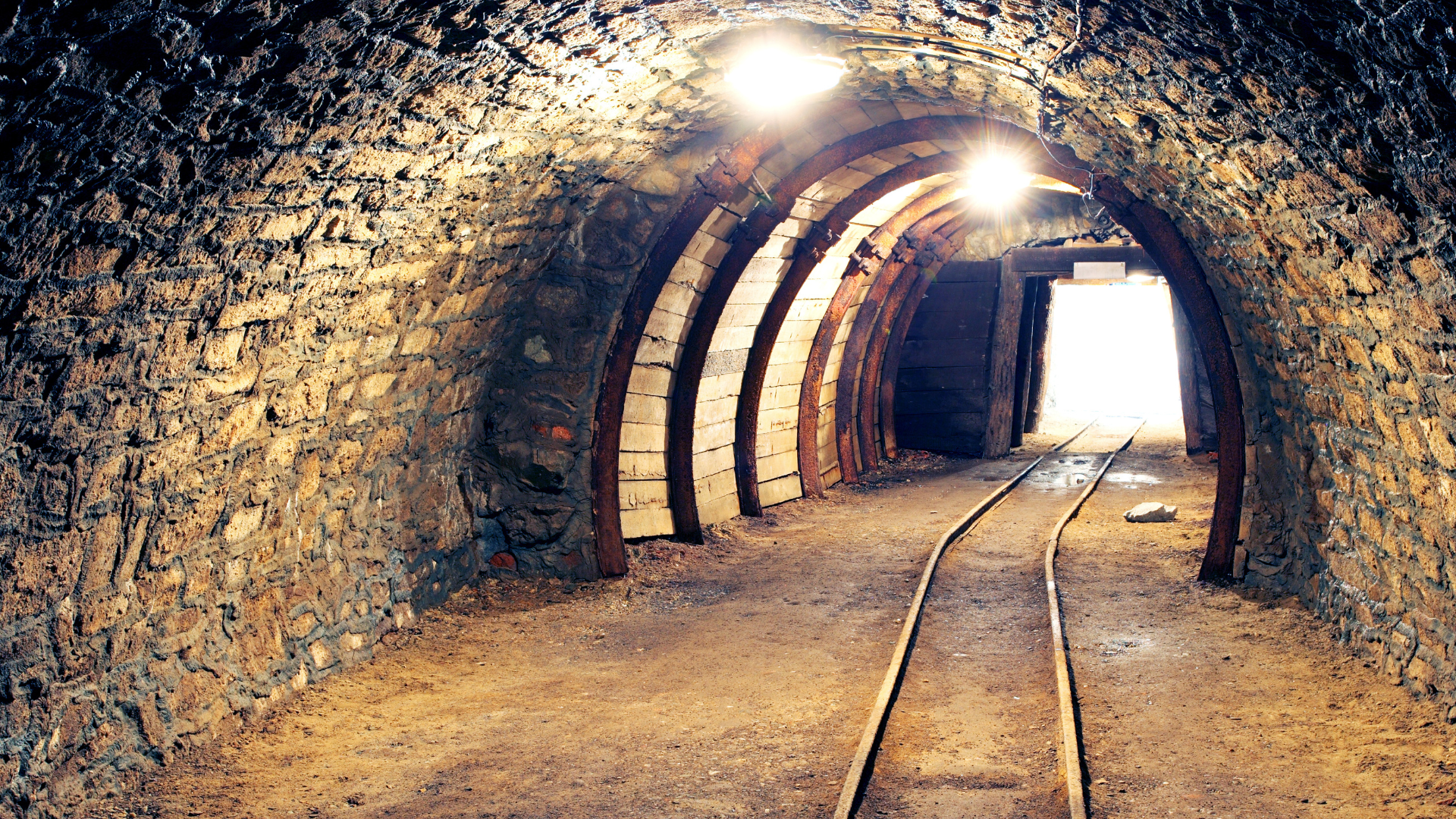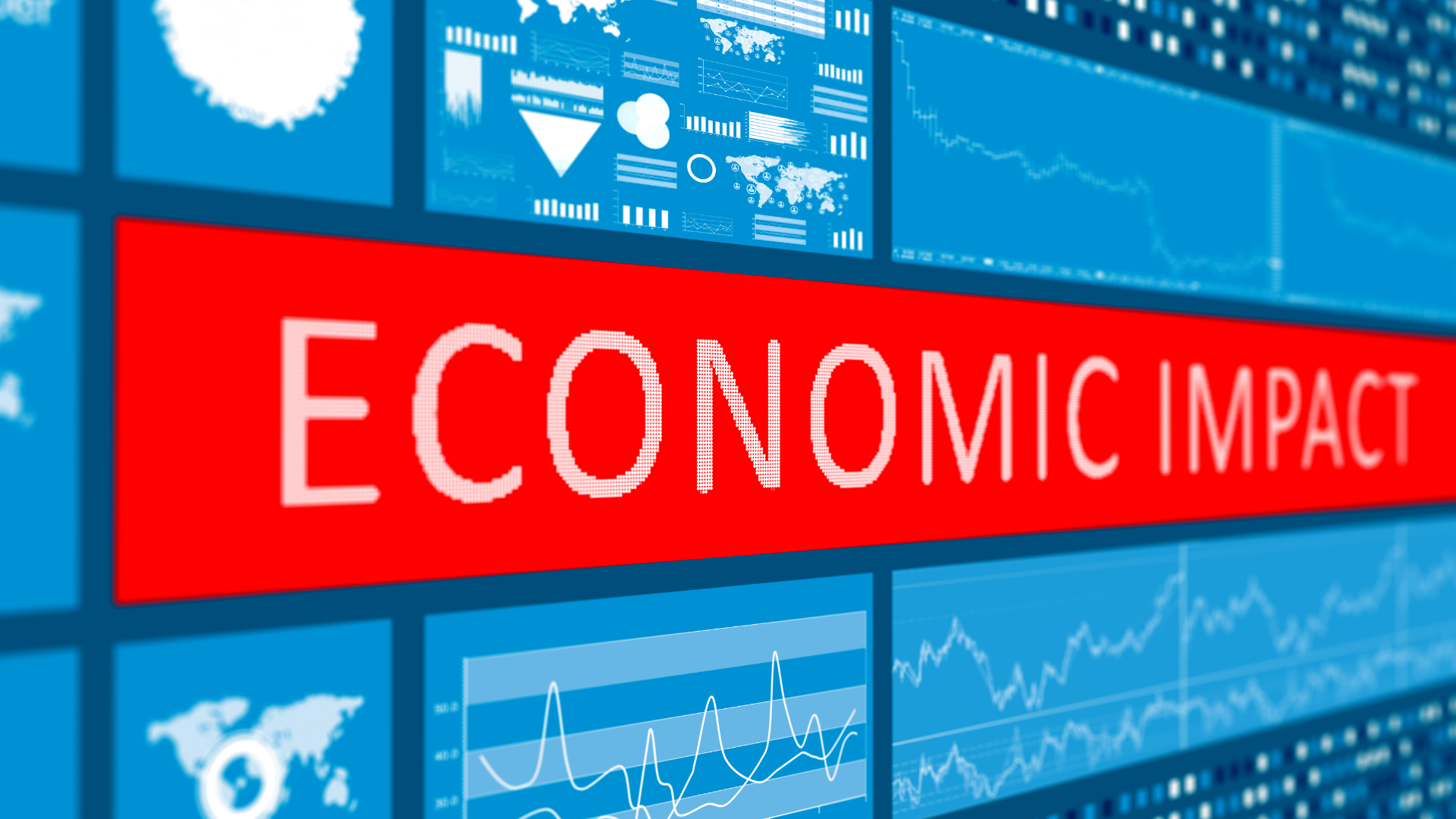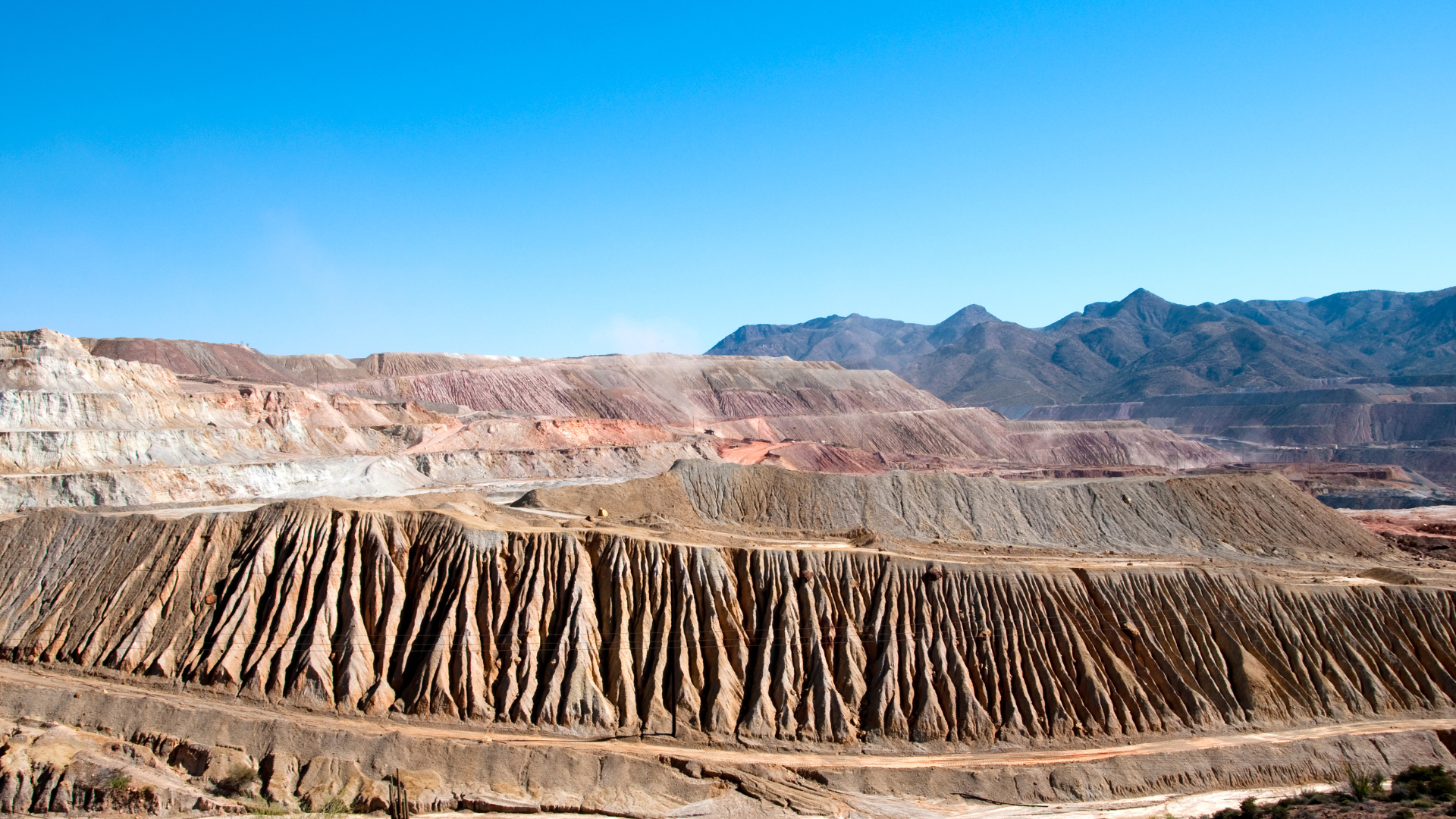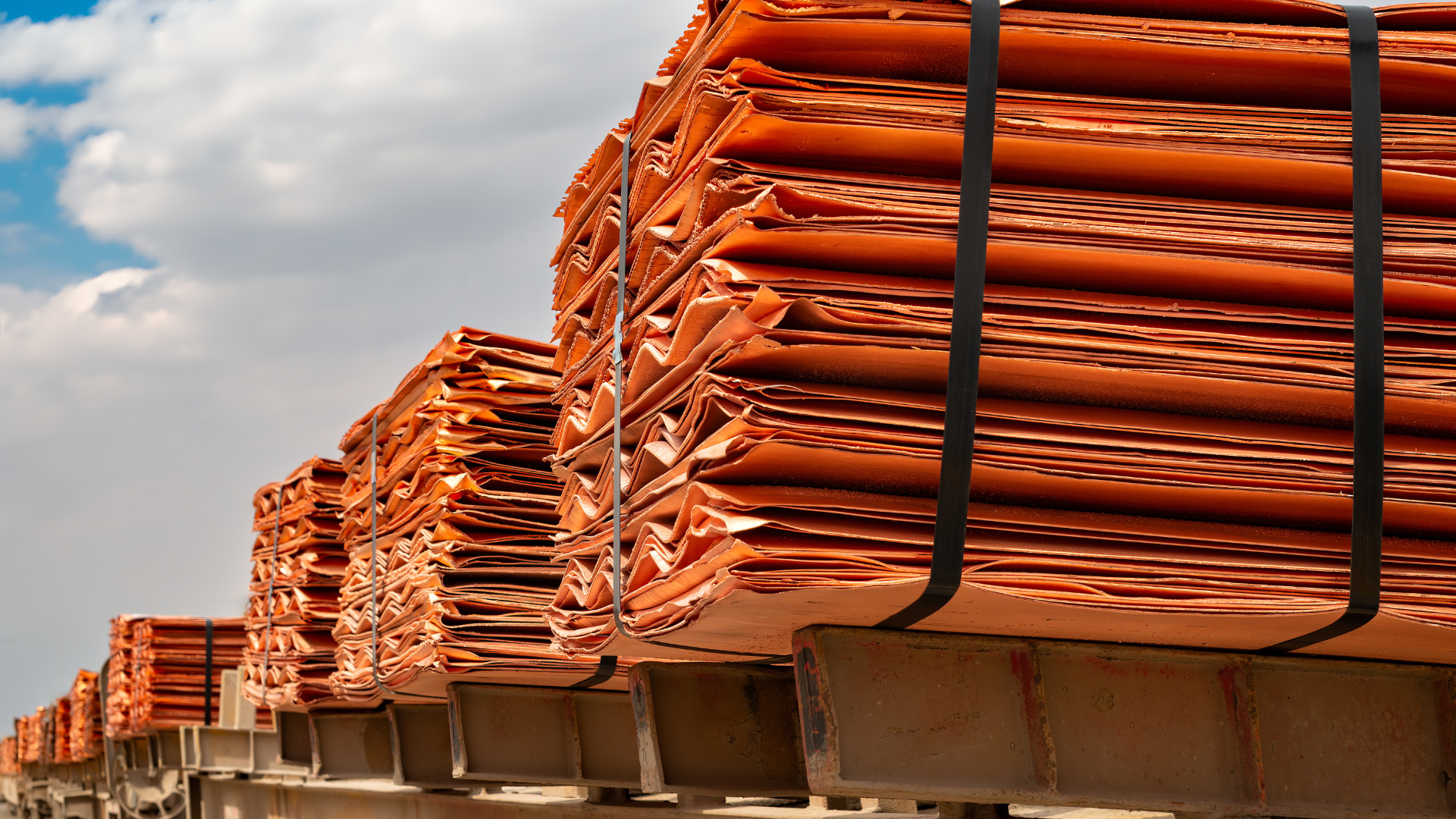The Copper Industry in Arizona: A Legacy of Wealth and Environmental Impact
Arizona has long been synonymous with copper production, often earning the nickname "The Copper State." With a history stretching back to the 19th century, the copper industry has been a pillar of Arizona's economy and an essential part of its identity. As of 2023, Arizona continues to lead the United States in copper production, accounting for more than 60% of the nation’s total output. This article explores the history, economic significance, and environmental challenges associated with Arizona's copper industry.
 A Rich History
A Rich History
Copper mining in Arizona dates back to the 1870s when large-scale operations began in the Clifton-Morenci region. The discovery of vast copper deposits led to a mining boom, attracting workers and investors from across the country. Major mines such as Bisbee, Jerome, and Globe became hubs of copper production. By the early 20th century, Arizona had established itself as a dominant player in the global copper market, supplying a significant portion of the world's copper demand.
The growth of the industry was spurred by innovations in mining techniques, particularly the introduction of open-pit mining, which allowed for the extraction of lower-grade ores. One of the most iconic examples is the Morenci Mine, which is currently one of the largest copper mines in the world.
 Economic Impact
Economic Impact
Copper mining has been a cornerstone of Arizona's economy for over a century. The industry provides thousands of jobs, particularly in rural areas where mining is often the primary employer. In 2022, copper mining directly employed over 11,000 workers in Arizona, contributing billions of dollars to the state’s economy. The ripple effect of the industry extends beyond mining operations to related sectors such as manufacturing, transportation, and equipment supply.
The copper industry plays a significant role in Arizona's economy, contributing approximately $1 billion annually to the state. This equates to a major portion of Arizona's economic activity, particularly in rural and mining regions where copper production is concentrated. Projects like Resolution Copper are poised to add up to 25% of U.S. copper supply, further solidifying the state's contribution to both local and national economic growth. Additionally, Arizona accounts for about 71% of the U.S.'s copper production, making it a critical player in the domestic and global copper markets (Global Defense & Industry Coalition) (GBR - Homepage).
In addition to job creation, copper mining generates substantial tax revenues for the state and local governments. These funds support public services such as education, healthcare, and infrastructure development, particularly in mining communities. The copper industry is a significant contributor to Arizona's economy, including through tax revenue. For instance, the Arizona Sonoran Copper Company alone projects $1.2 billion in tax contributions over the lifespan of its mining operations. Additionally, various companies like Florence Copper contribute to local communities through grants, scholarships, and other initiatives, further supporting the state and municipal economies (Rose Law Group Reporter).
Given the widespread presence of copper mining operations across Arizona, from Pinal County to Pima County, the industry's contributions span multiple sectors, including employment, infrastructure, and education.
 Cultural Impacts
Cultural Impacts
Copper mining has had significant effects on Indigenous communities in Arizona, many of whom have deep cultural and spiritual ties to the land. These impacts include loss of sacred sites, environmental degradation, and health concerns due to contamination. Below are some of the key issues facing Indigenous groups:
One of the most contentious issues is the disruption of sacred Indigenous lands. The proposed Resolution Copper mine in the Tonto National Forest, for instance, threatens Oak Flat, an area considered sacred by the Apache people. Despite being a site of religious and cultural importance, Oak Flat was slated for mining after a 2014 land swap between the federal government and mining companies. This has led to widespread protests and legal battles, with Indigenous leaders arguing that mining would destroy a sacred site and their right to religious freedom.
Mining activities can lead to the contamination of water and soil, which directly affects Indigenous communities living near mining sites. For example, the Tohono O'odham Nation has expressed concerns over potential groundwater contamination from mining operations in Southern Arizona. The mining process often involves chemicals such as sulfuric acid, which can leak into nearby water sources, leading to long-term environmental damage that harms local ecosystems essential for traditional hunting, gathering, and agriculture (Rose Law Group Reporter).
Indigenous communities are disproportionately affected by pollution from mining. Exposure to contaminated water and soil can lead to serious health issues, including respiratory problems, cancer, and other chronic diseases. In many cases, Indigenous communities are located close to mining operations, making them more vulnerable to the adverse effects of air and water pollution (Rose Law Group Reporter).
While mining operations sometimes bring economic opportunities, they often do so at a high social and environmental cost. Jobs created by mining companies may not always benefit Indigenous communities, and the long-term environmental degradation can outweigh the short-term economic gains. Furthermore, many Indigenous communities face a lack of representation in decision-making processes related to mining projects on their lands, exacerbating feelings of marginalization and injustice.
The effects of copper mining on Indigenous communities in Arizona are multifaceted, involving cultural, environmental, and health challenges. While the industry is vital to the state's economy, it has raised serious concerns among Indigenous groups, who continue to advocate for the protection of their lands and rights.
For further reading and detailed accounts, you can explore more through resources like the Environmental Protection Agency (EPA) and Arizona Mining Reform Coalition (Rose Law Group Reporter).
 Environmental Challenges
Environmental Challenges
Despite its economic benefits, the copper industry in Arizona has faced significant environmental challenges. Open-pit mining, in particular, has led to large-scale land disturbances, habitat destruction, and water resource depletion. The tailings, or waste materials, generated from copper mining contain hazardous chemicals that can leach into soil and water, leading to pollution concerns.
Water usage is a critical issue in Arizona, where copper mining is a major consumer of water resources in an already arid region. Mines often require large quantities of water for processing and dust control, placing additional strain on local water supplies. This has raised concerns about the long-term sustainability of water use in the state, particularly as climate change intensifies drought conditions in the Southwest.
One significant issue is the competition for water between copper mines and other sectors, such as agriculture and urban development. Mines often tap into local aquifers, which can lead to the depletion of groundwater resources that are also vital for farming and residential use. This is particularly concerning in rural areas, where water resources are limited and vital for both the ecosystem and communities.
Moreover, abandoned mines pose ongoing environmental risks. Many of these sites have not been adequately reclaimed, leading to contamination of groundwater and nearby ecosystems. Efforts are underway to address these issues, but remediation is costly and time-consuming.
Another major concern is the contamination of water supplies. The tailings and byproducts of copper mining often contain hazardous materials like sulfuric acid, which can leach into nearby water sources if not properly managed. This can result in long-term pollution of both surface water and groundwater, threatening the health of ecosystems and human populations.
For example, the Environmental Protection Agency (EPA) has noted concerns about water contamination from Arizona’s copper mining operations. The agency has worked with mining companies on improving waste management practices to prevent further water pollution, but the issue remains a significant environmental challenge (Rose Law Group Reporter).
In response to these concerns, some mines have adopted water recycling methods and more efficient water management practices. However, the ongoing drought in Arizona continues to raise questions about the sustainability of water use in copper mining, especially as the state’s population grows and climate change intensifies water scarcity.
 Future Prospects
Future Prospects
As demand for copper grows, driven by the transition to renewable energy and the electrification of transportation, Arizona's copper industry remains a key player on the global stage. Copper is essential for producing electric vehicles, solar panels, and wind turbines, positioning the state to benefit from the green energy revolution. However, balancing economic growth with environmental stewardship will be crucial for the industry's long-term sustainability.
Innovation in mining practices, such as the development of more efficient water usage and waste management technologies, will be vital to mitigating the environmental impacts of copper production. Additionally, community engagement and collaboration with indigenous groups, many of whom have raised concerns about mining on their lands, will play a crucial role in shaping the future of copper mining in Arizona.
 Conclusion
Conclusion
The copper industry has been a driving force in Arizona's history and economy, contributing significantly to the state's development. However, it also presents complex challenges that require careful management to ensure that the benefits of copper production do not come at the expense of the environment and local communities. As the world shifts towards a more sustainable future, Arizona's copper industry will need to adapt and innovate to remain a leader in this critical sector.
#CopperProduction #ArizonaCopper #CopperIndustry #CopperEnvironmentalImpacts #CopperEconomicValue #CopperWaterUse #CopperCulturalImpacts #ArizonaCopperFuture #ArizonaCopperHistory #CopperWaterContamination
References
-
Arizona Geological Survey. (2023). Copper Mining in Arizona. Retrieved from AZGS.gov.
-
Director. (n.d.). Arizona Mining Reform Coalition. Retrieved from http://azminingreform.org/
-
Environmental Impacts of Copper Mining in Arizona. (2023). Arizona Department of Environmental Quality. Retrieved from ADEQ.gov.
-
GBR - Arizona Copper Production: Securing a domestic supply chain. Global Business Reports. (n.d.). Retrieved from https://www.gbreports.com/article/copper-production-securing-a-domestic-supply-chain
-
Lynndy. (2023a, September 27). Arizona Copper: A decarbonization and defense necessity. Global Defense & Industry Coalition. Retrieved from https://defensecoalitions.org/arizona-copper-a-decarbonization-and-defense-necessity/
-
Morenci Mine. (2023). Mining Technology. Retrieved from Mining-Technology.com.
-
Staff. (2024, June 5). Arizona’s copper industry: Exploring future prospects and community impact in Pinal County. Rose Law Group Reporter. Retrieved from https://roselawgroupreporter.com/2024/06/arizonas-copper-industry-exploring-future-prospects-and-community-impact-in-pinal-county/



